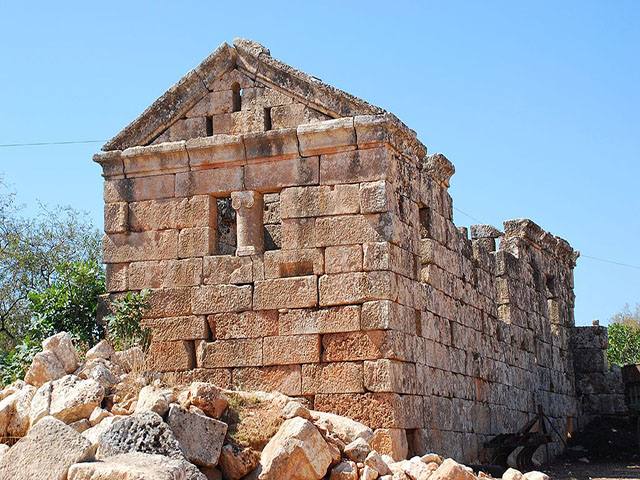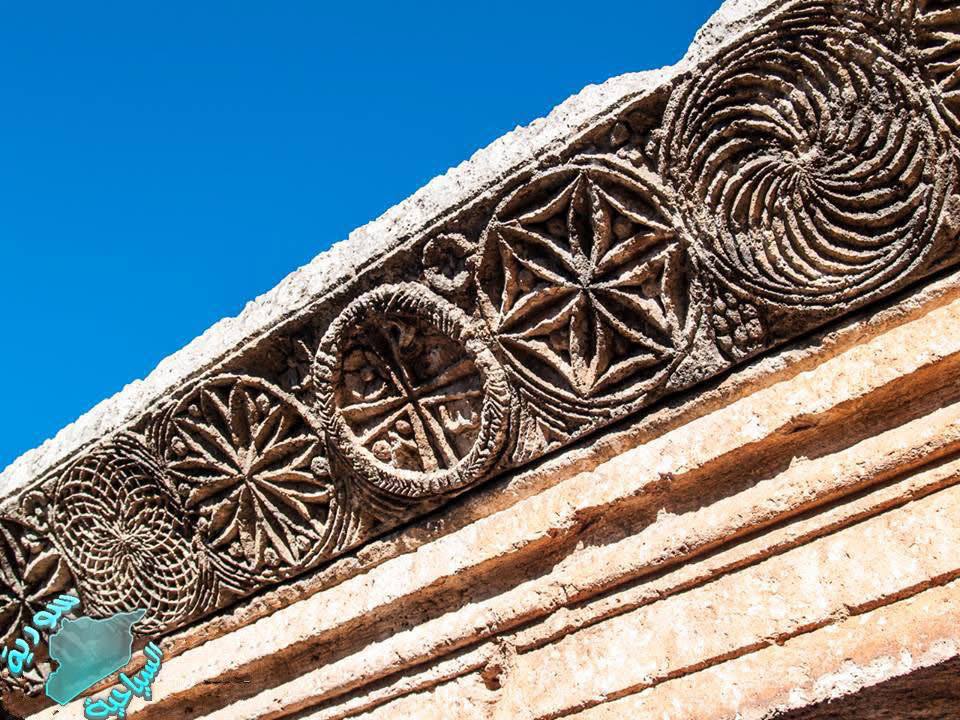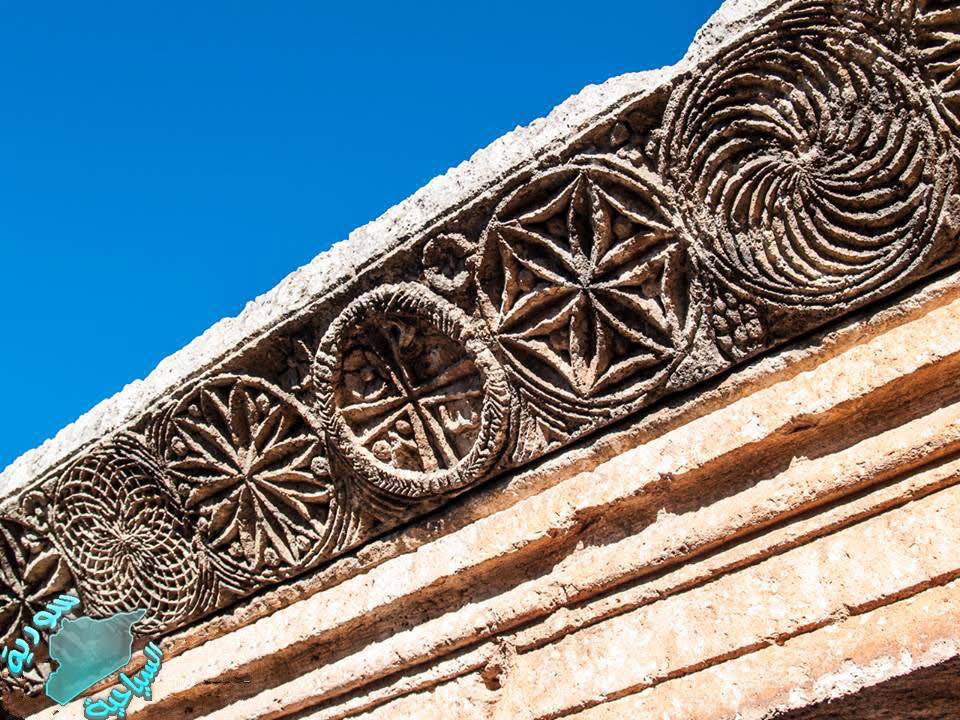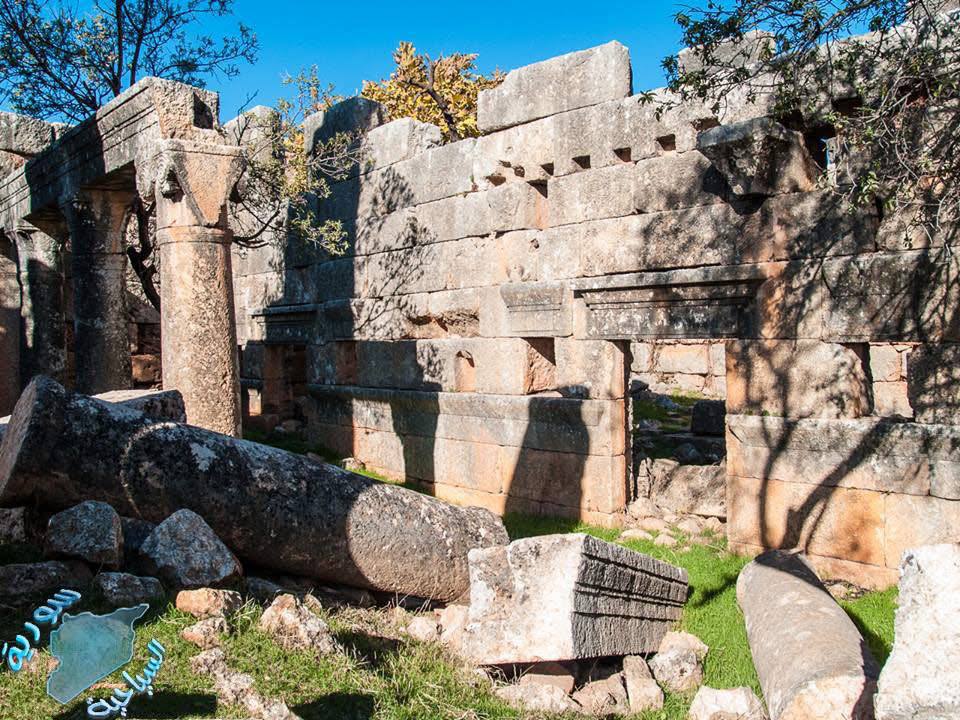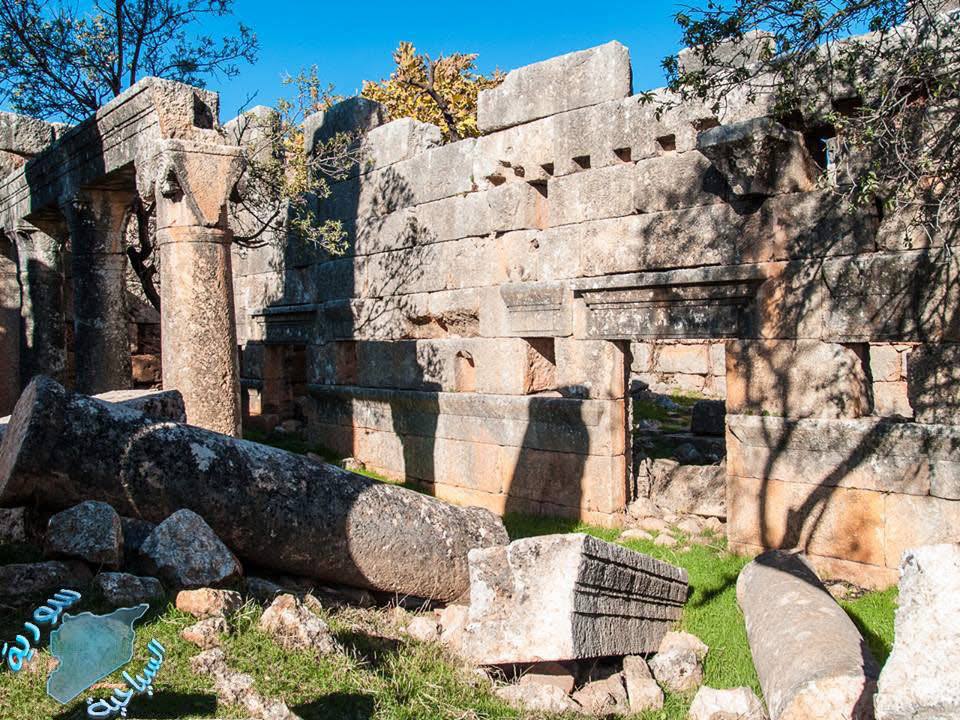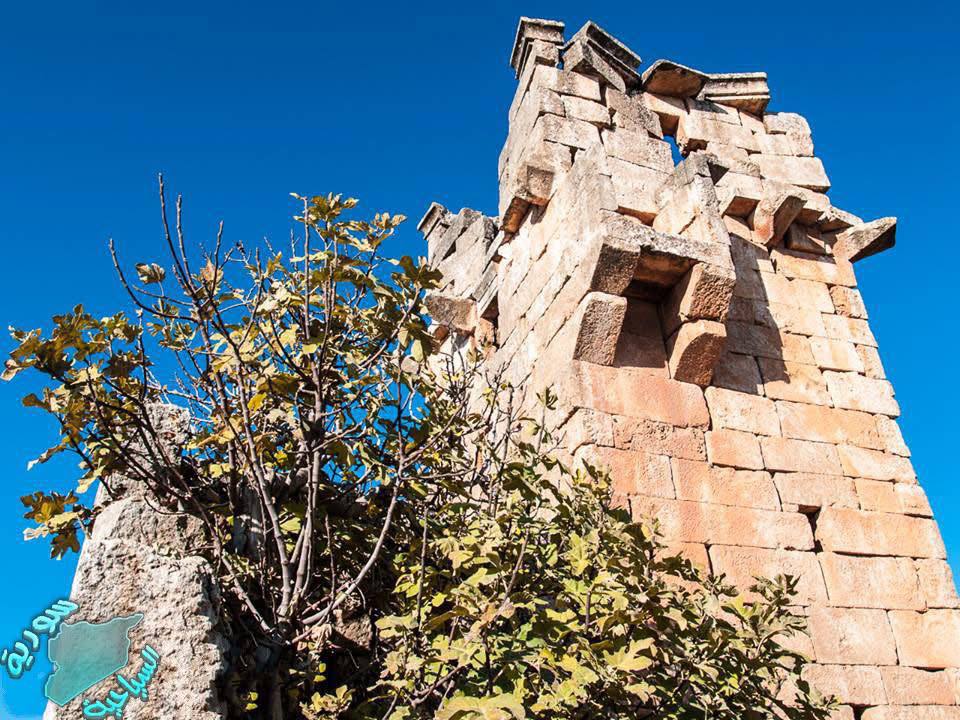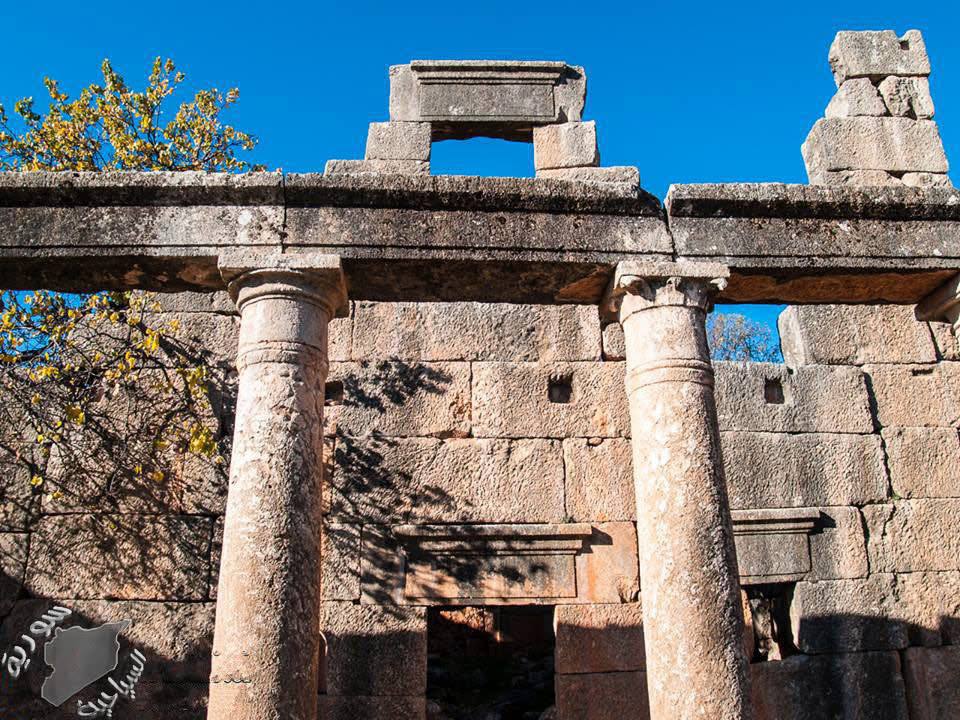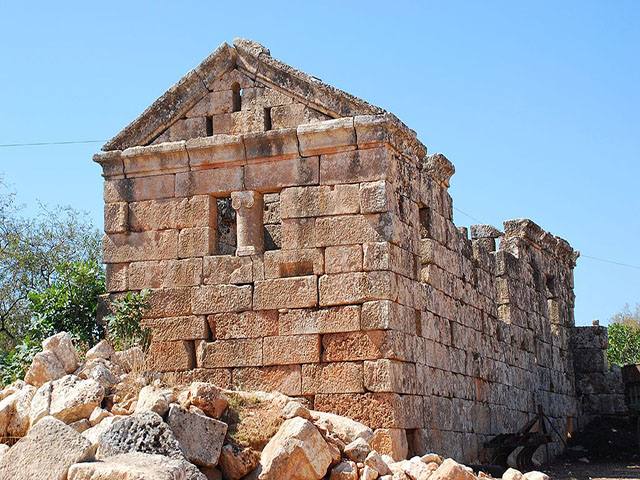Jerade Archaeological Site
Forgotten City (one of the Dead Cities) — 6th Century AD
Jerade is a Byzantine settlement situated on a limestone outcrop in the western massif of Jabal al-Zawiya, overlooking Wadi al-Bara to the south. It belongs to the group of “Dead Cities” in northern Syria. The village flourished during the 5th and 6th centuries AD, experiencing notable architectural development closely tied to agricultural prosperity—particularly olive cultivation, which was vital to the rural economy of Syria during that era.
The principal church, among the site’s best-preserved monuments, was built around 510 AD in a regional variant of the Byzantine basilica architecture common in northern Syria. It is characterized by an 18-meter tower rising above the western façade, likely serving symbolic or functional roles such as marking the church’s location from a distance or supporting liturgical ceremonies.
Excavations of certain residential structures revealed small rooms with basic heating features, hinting at social disparities among the population. However, no complete bathhouse complexes have been uncovered, in contrast to neighboring villages such as Serjilla and al-Bara.
Early 20th-century French archaeological missions documented geometric mosaics decorating the church altar floor, along with Greek inscriptions on some building entrances. One inscription references a figure named “Demetrios,” presumed to be either a patron or financier of the church’s construction.
In recent decades, portions of the church’s southern walls have deteriorated due to neglect and natural erosion. Contemporary studies emphasize the urgent need to reinforce vulnerable structures using hydraulic lime and modern, discreet materials such as carbon fiber reinforcements or glass fiber composites, under the supervision of restoration specialists. Local initiatives are now underway to integrate Jerade into eco-tourism routes linking it with nearby archaeological villages like al-Bara and Serjilla, aiming to promote cultural and rural tourism across the region.
Jerade stands as a vital component of the Dead Cities network, reflecting the rich heritage of rural Byzantine Syria and the enduring continuity of its cultural landscape.

